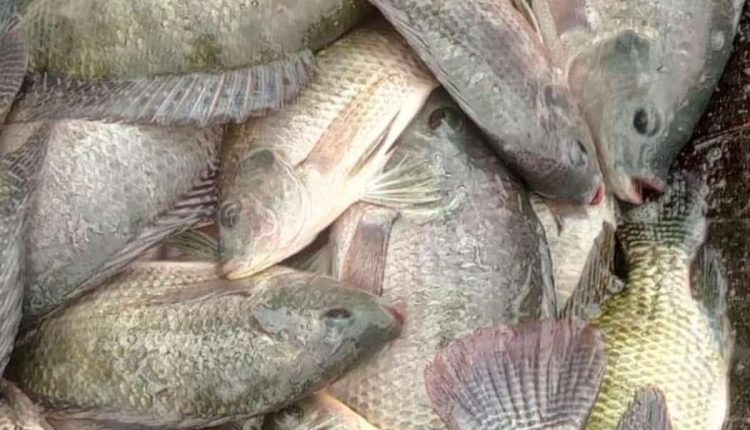HOW TO IMPROVE THE NUTRITIONAL VALUE OF TILAPIA BY ENRICHING IT WITH OMEGA FATTY ACIDS
Nile tilapia grows well in the absence of omega-3 fatty acids (EPA and DHA) in the diet. However, its fatty acid profile can be enriched using final pre-harvest diets to achieve a desirable DHA + EPA content.
Researchers have been investigating ways to further improve their nutritional value, particularly with regard to long-chain omega-3 polyunsaturated fatty acids (PUFAs), such as eicosapentaenoic acid (EPA) and docosahexaenoic acid (DHA).
These essential fatty acids are highly beneficial to human health and are recommended by the Food and Agriculture Organization of the United Nations, with a daily intake of 250 mg of DHA + EPA in a 100 g fillet. Enriching the fatty acid profile of Nile tilapia not only improves its nutritional value, but also its economic potential as a nutraceutical product.
In this respect, a team of researchers from the University of Sonora evaluated the rate of change in the fatty acid profile of Nile tilapia (Oreochromis niloticus) fillets in response to a diet based on soy or fish oil.
The study
In this study, a group of researchers carried out an 8-week bioassay to assess the rate of change in the fatty acid profile of Nile tilapia fillets when fed different diets.
Diets were formulated with soybean oil (SO) or fish oil (FO). Two additional treatments were included: soybean oil feeding for the first four weeks followed by fish oil feeding for the remaining four weeks (HP/HS) and the reverse treatment (HS/HP). The aim was to determine the impact of these dietary choices on the fatty acid composition of tilapia fillets.
Varied growth performance
The results of the study were very revealing. The researchers found that the choice of dietary lipid source did not significantly affect the overall growth of Nile tilapia. This included factors such as weight gain, specific growth rate, daily weight gain and survival rates, which were consistent across all dietary treatments.
In addition, feed efficiency, body indices and approximate fillet composition remained similar across all treatment groups. This highlights the ability of Nile tilapia to efficiently utilize different lipid sources in their diet without compromising growth and survival rates.
Influence of diet on fatty acid profile
However, the real difference came in the fatty acid profile of tilapia fillets.
The study confirmed that the type of lipid source in the diet directly influenced the fatty acid composition of the fillet. This means that, by making specific dietary choices, it is possible to enrich Nile tilapia fillets with the desired concentration of 250 mg DHA + EPA in a 100 g fillet in a relatively short space of time.
Conclusion
The results of this study provide valuable information on the potential for improving the nutritional value of Nile tilapia fillets, making them a more desirable option for both consumers and the aquaculture industry.
By carefully selecting the source of dietary lipids, it is possible to enrich fish fillets with essential omega-3 fatty acids while maintaining growth and survival rates. This research paves the way for the optimization of Nile tilapia as a nutraceutical, enabling the recommended daily intake of DHA + EPA to be achieved and enhancing its economic appeal on the market.
Reference
Martin Perez-Velazquez, Jesus Encinas-Mungarro, Mayra L. González-Félix. 2024. Rate of change in the fillet fatty acid profile of Nile tilapia to attain a nutraceutical level of DHA + EPA for human consumption, Aquaculture, Volume 580, Part 1, 2024, 740270, ISSN 0044-8486,

